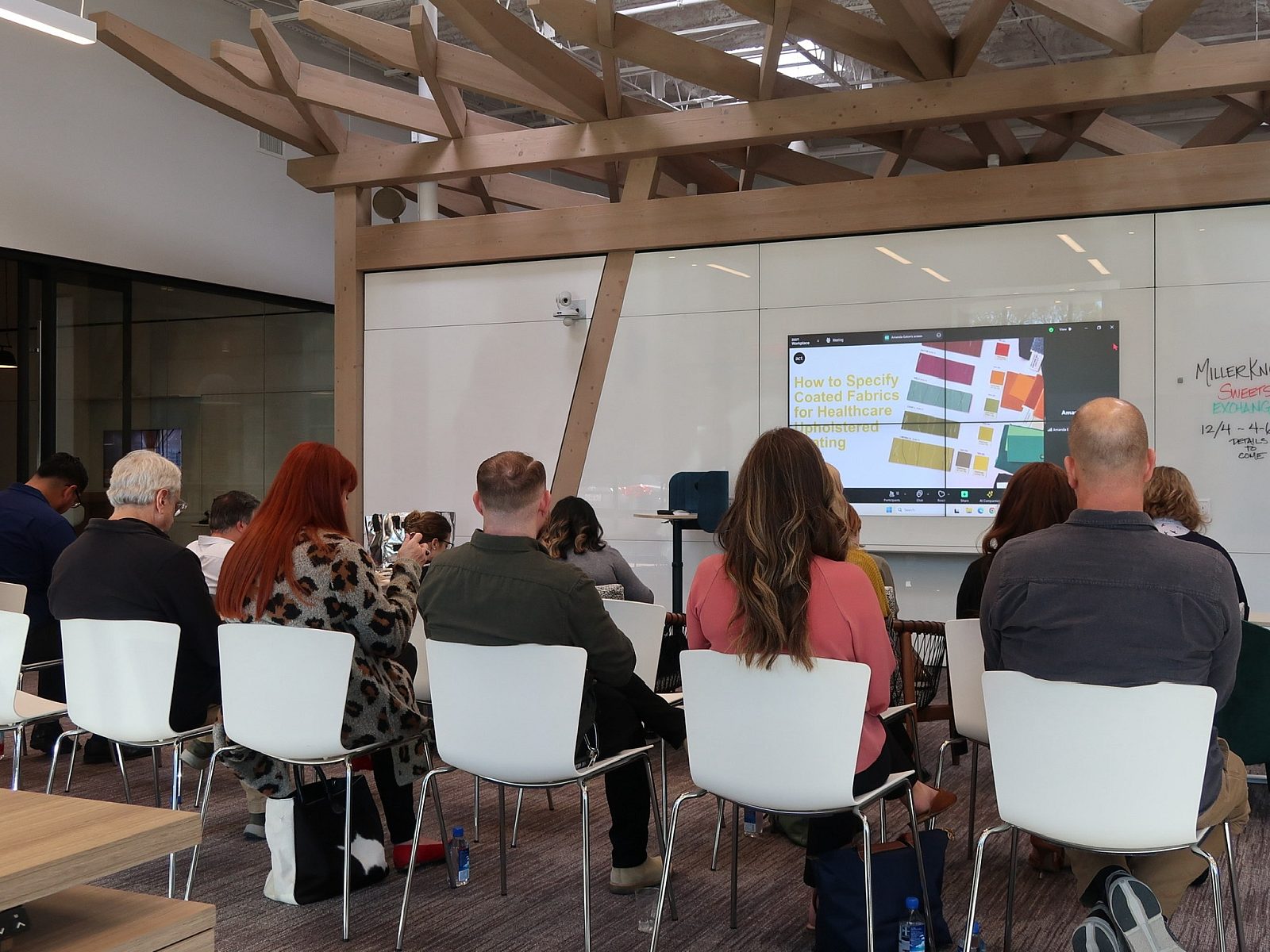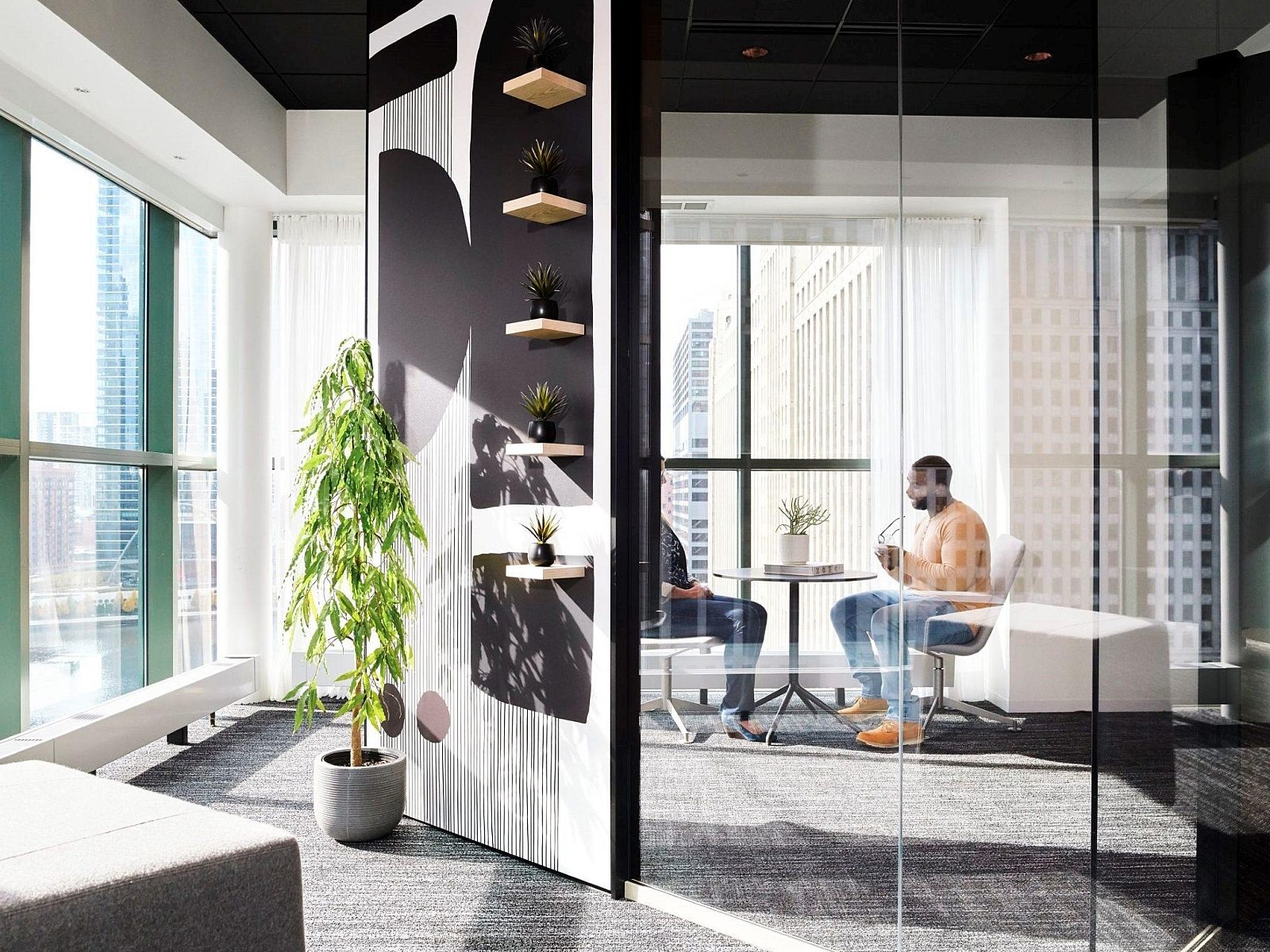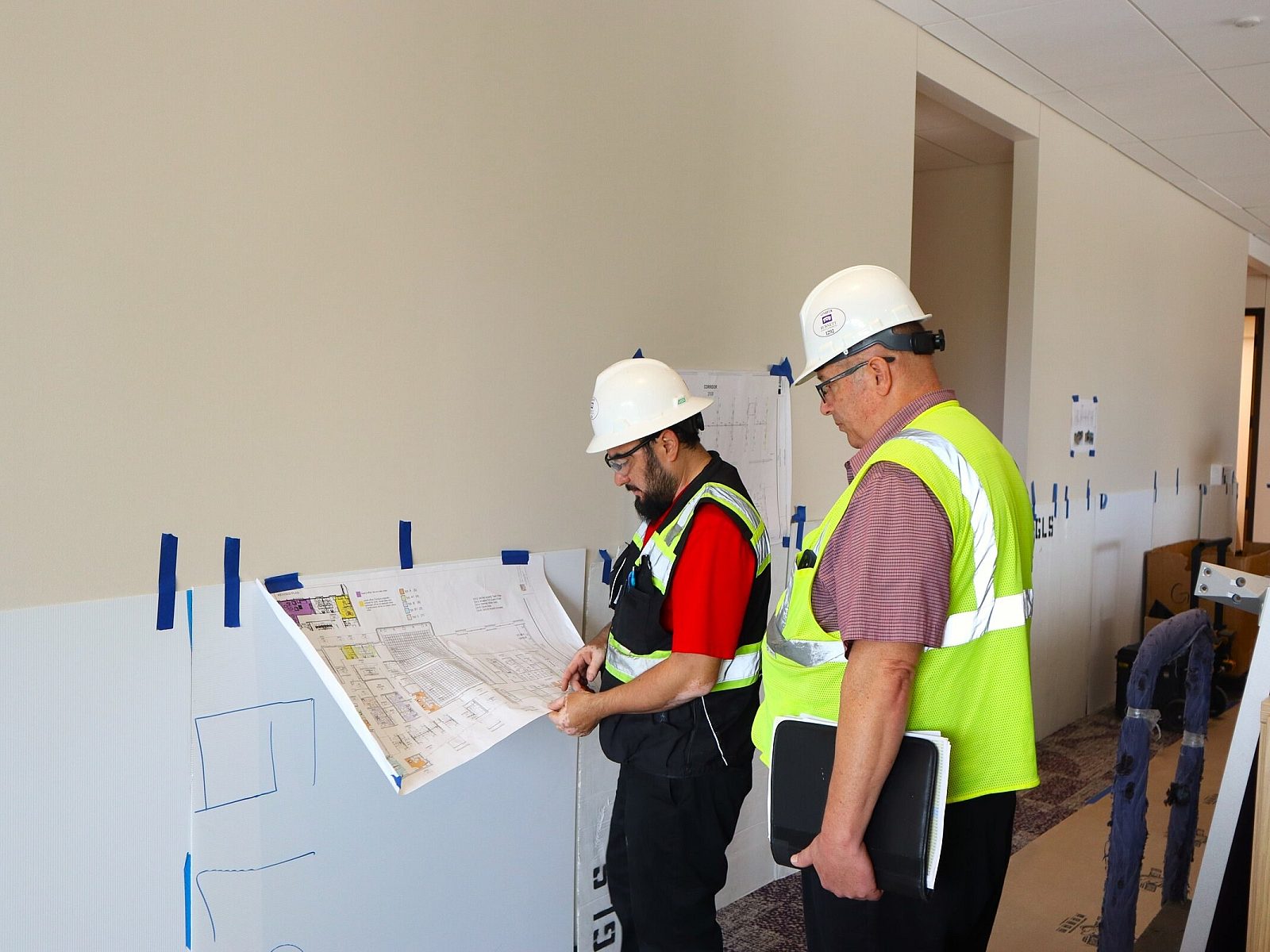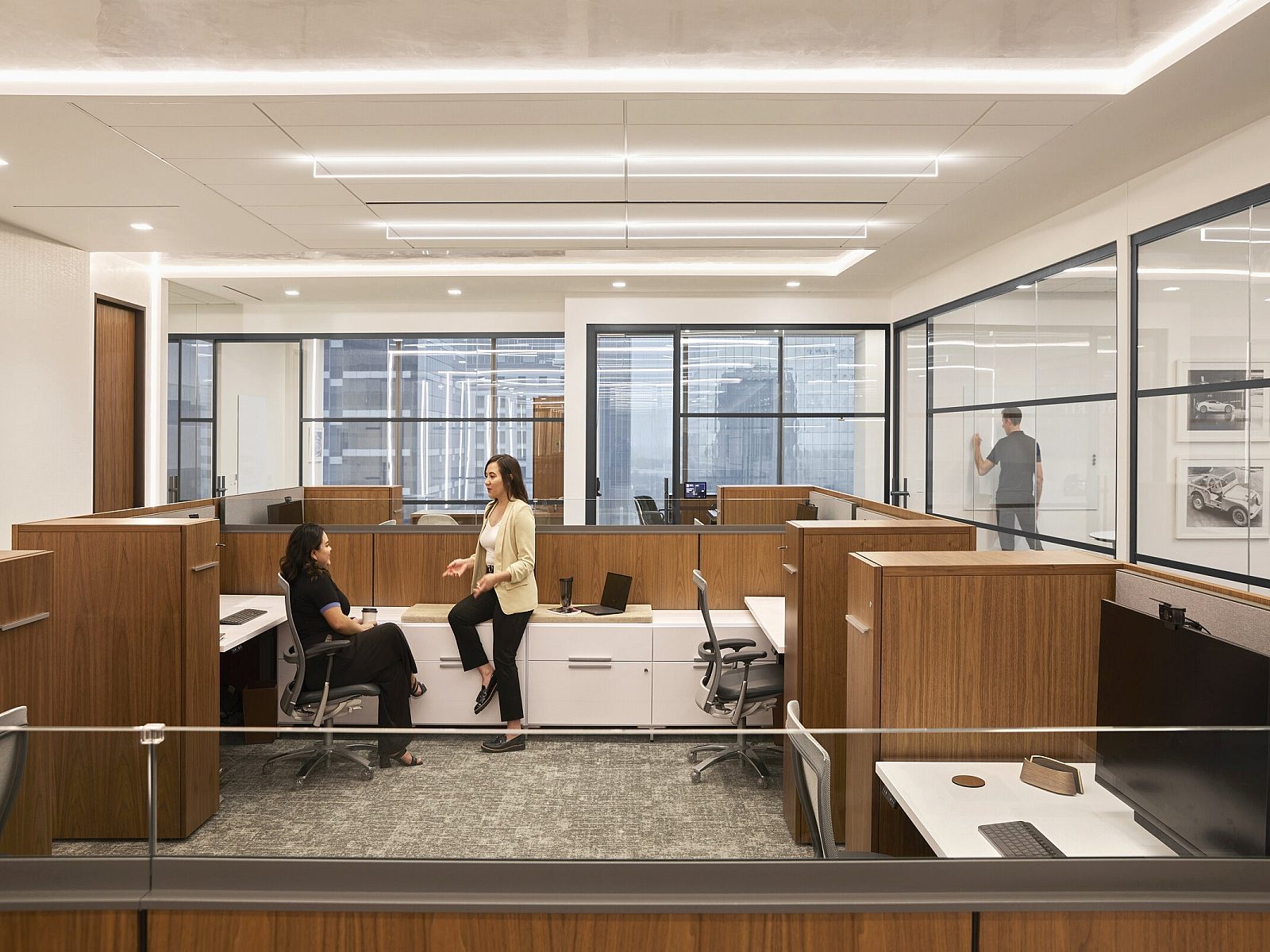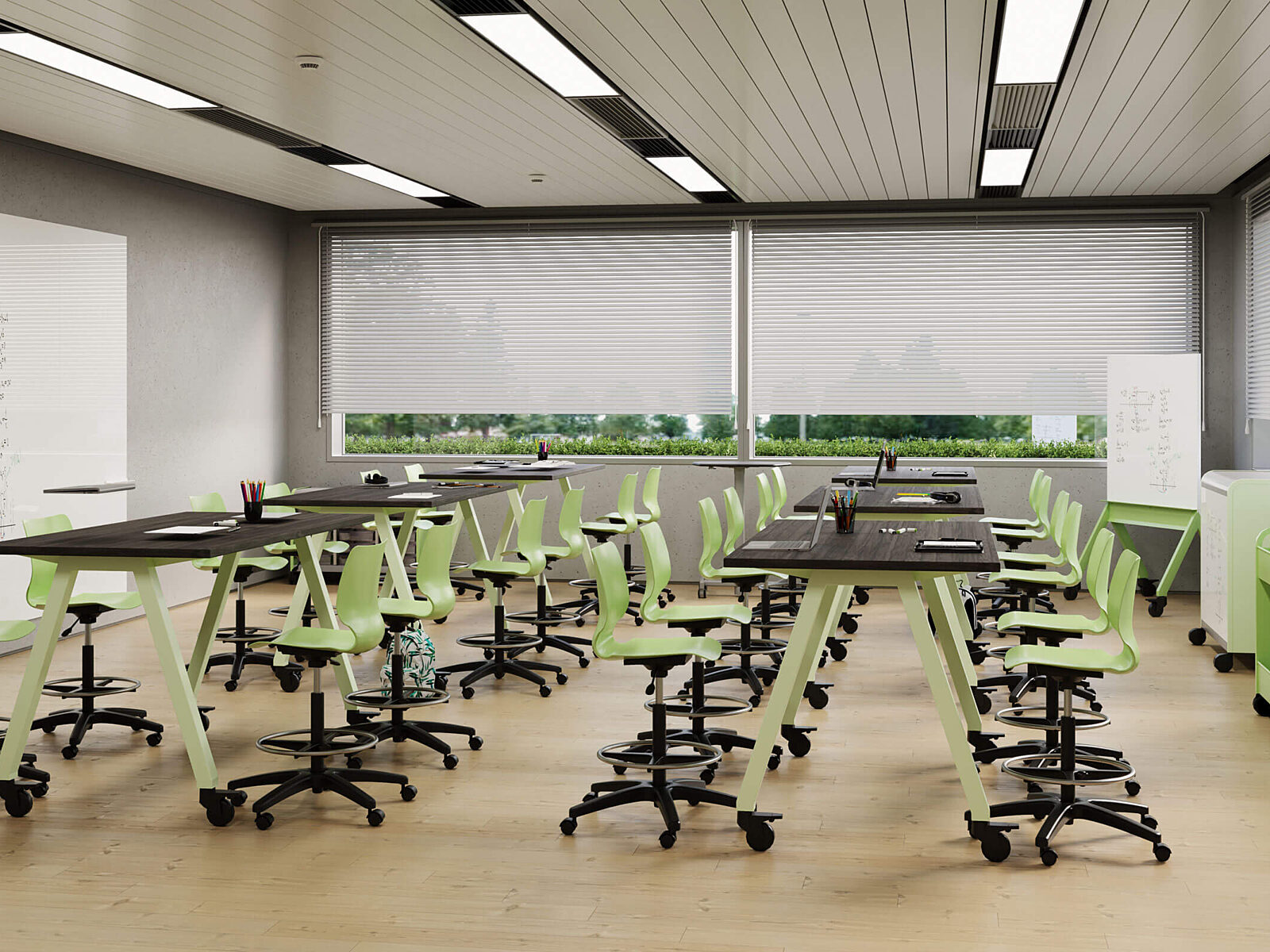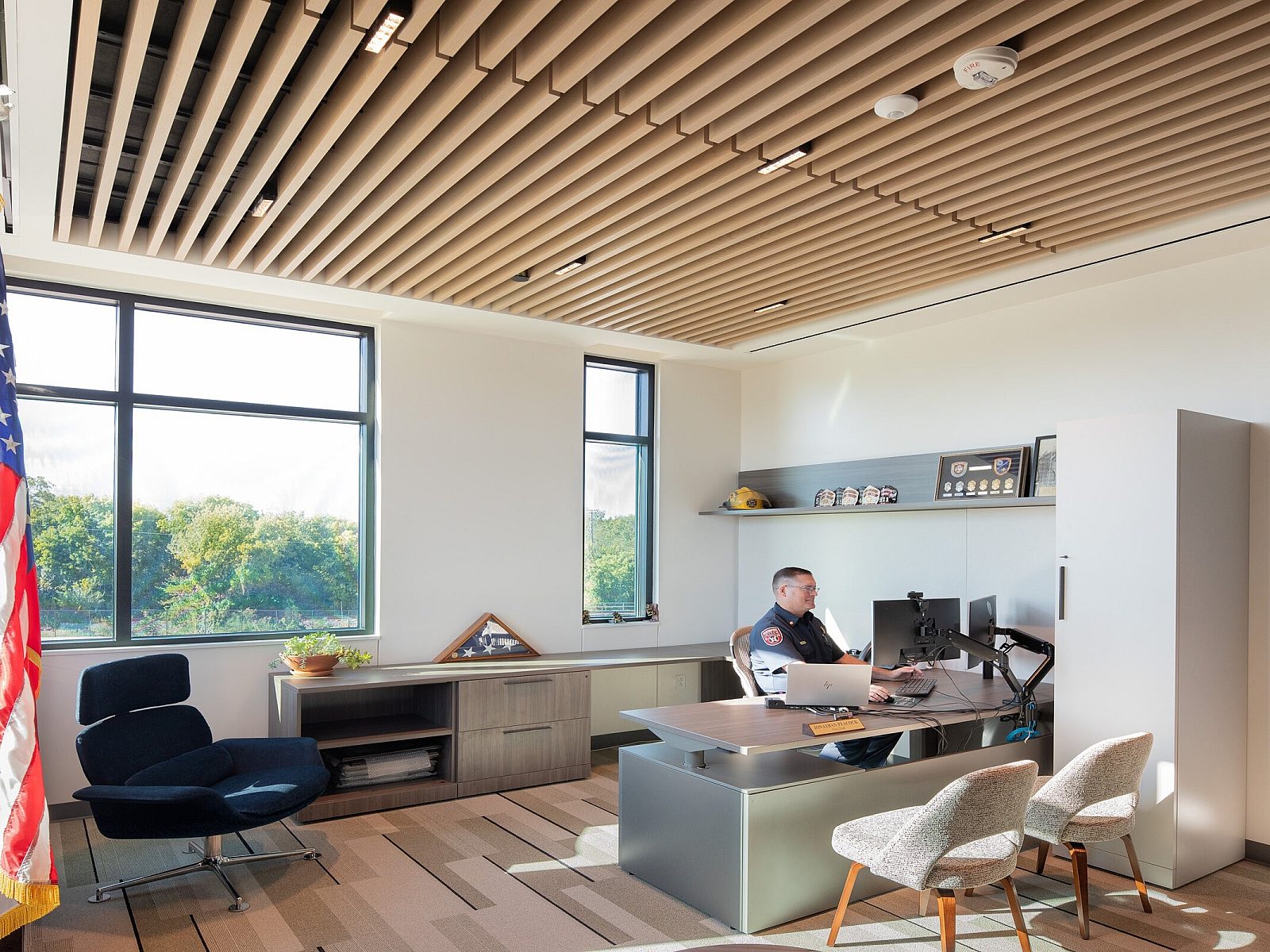Future-Proof Your Business Against The Next Pandemic
The Pandemic changed a lot about the way that we work. How can you ensure that your business is prepared for any future pandemics? Read our blog now.

What Measures Can Businesses Take Now To Future-Proof Themselves Against The Next Pandemic?
The human race is currently engaged in a daily struggle with its own impatience. However necessary it may be to helping control the spread of COVID-19, social distancing has taken both a financial and psychological toll on individuals, corporations, governments, and even entire nations. Many of us will be making peace with the idea that there is no returning the way things were before March 2020 for months to come.
Yet, Erik Day, Senior Vice President & GM, Small Business at Dell Technologies, cautions those of us who are eager to know what our new normal will be that “it’s probably still far too early to conceive of a ‘post’-pandemic world.” Luckily, effectively future-proofing your business isn’t dependent upon your prognosticative abilities. It is, however, a matter of first carefully designing and only then putting in place the infrastructure your organization needs to manage change.
As we’ve discussed in previous installments of this content series, the pandemic has rendered some business practices obsolete, accelerated industry trends that were already on the rise, and overhauled the regulatory framework in which most companies operate. Now, the office furniture and design solutions experts at GL Seaman & Company have turned their attention to the general principles and best practices that guide future-ready businesses (FRB). What proactive measures do these industry leaders recommend taking, how are they implementing them, and where are they discovering opportunities where others are experiencing challenges? Read on to learn more.
1) Smart workplace management
Revisiting this thoughtful guide assembled by Harvard’s Joseph G. Allen and John D. Macomber, it’s clear that FRBs are focusing on building details such as climate control, air quality, ventilation, and security. Allen and Macomber also remind us that, more than the “cool factor” of the technology itself, the CDC’s hierarchy of controls will drive adoption of Internet of Things (IoT) solutions.
In the CDC’s pyramid, engineering controls that limit, eliminate, and otherwise protect workers from exposure to health hazards are “favored over administrative [controls] and personal protective equipment (PPE).” Consequently, buildings equipped with sensors that can remotely measure human body temperatures, track individuals’ movements in real time, and manage access to spaces using biometric data are likely to become more attractive to tenants in 2021 and beyond.
Activity tracking provides a forward-thinking way to understand some of your space’s biggest vulnerabilities. By monitoring heatmaps, businesses can avoid congestion and retrofit their offices to support proper social distancing. Self-cleaning fixtures, contactless interfaces, and smart furniture are all growing markets as well. As these technologies surge in popularity, expect mentions of employee well-being to become more frequent in conversations about workplace safety and employee health. Although functionality that aids in contact tracing may serve an immediate need, workstations that alert users if they sit idle for more than 45 minutes could generate more lasting value.
As noted, IoT-outfitted office complexes will also command a premium on the CRE market. Allen and Macomber acknowledge as much, but dispel the notion that investing in smarter, healthier buildings is necessarily cost-prohibitive. “The cost is far greater if your building helps spread communicable diseases,” they write. “In fact, our studies and financial simulations have found that the efforts you put in will pay back in multiples. The benefits of higher ventilation alone are estimated to be between $6,500 and $7,500 per person per year. Researchers at Lawrence Berkeley National Laboratory have estimated that improving indoor air quality in offices could add as much as $20 billion annually to the U.S. economy. This new calculus should inspire a new generation of highly justifiable investment in creating and operating a healthy building.” Of course, those cost savings will only grow in value should another black swan event occur.
These observations dovetail with similar projections made by the McKinsey Global Institute (MGI) at the dawn of the IoT era. In a June 2015 report entitled The Internet of Things: Mapping the Value Beyond the Hype, MGI’s researchers write that “our central finding is that the hype may actually understate the full potential of the Internet of Things… we estimate a potential economic impact — including consumer surplus — of as much as $11.1 trillion per year in 2025 for IoT applications.” Moreover, they note that “business-to-business (B2B) applications can create more value than pure consumer applications. While consumer applications such as fitness monitors and self-driving cars attract the most attention and can create significant value, we estimate that B2B uses can generate nearly 70 percent of potential value enabled by IoT.”
2) Cultural literacy
Even for organizations that must maintain brick-and-mortar spaces for their essential workers, remote work, and online interaction will continue to shape the 9-to-5 experience. During the first several months of the pandemic, most businesses focused on their utilitarian needs: how to conduct meetings in the absence of shared physical space, how to shift from in-person sales to touch-free transactions, and so on. Having satisfied those basic needs, FRBs are now hard at work constructing workplace cultures that are both productive and sustainable.
But the transition to full-time remote work has been easier for some organizations than others. FRBs have been taking the following measures to help all of their employees adjust to the new engagement paradigms that characterize the socially distanced workplace.
- Practicing overcommunication.
- Scheduling regular one-on-one interactions.
- Creating mechanisms for providing ongoing feedback and praise.
- Augmenting the accessibility their technology.
- Modeling and encouraging empathy.
- Being more inclusive in defining cultural stakeholders.
FRBs also understand that nurturing culture takes time. But the virtualization of the office has introduced a new kind of asynchronicity to the office experience. For example, if team members are working from home, they aren’t riding up in the elevator together at the start of the day. Instead, they may or may not be saying “good morning” to each other on Slack.
Such purely social interactions may seem trivial, yet they’re essential to giving your business culture a truly lived-in feel. FRBs appreciate that the pandemic has altered that texture and, in many ways, flattened it. They are now asking themselves how they can design online environments that preserve the experiential qualities — and benefits — of a centralized physical location.
Perhaps unexpectedly, however, COVID-19 may have given many organizations little choice but to embrace open communication and support collaboration on a scale they never have before. In a working paper recently published by the National Bureau of Economic Research, authors Evan DeFilippis, Stephen Michael Impink, Madison Singell, Jeffrey T. Polzer, and Raffaella Sadun note that “in the weeks immediately following the lockdown, employees increased the number of meetings they attended and the number of emails they sent.”
The authors also discovered “increases in the number of attendees per meeting, on average, and the number of recipients per email.” At the same time, “the average length of meetings decreased to such an extent that the collective amount of time employees spent in meetings decreased, even though the total number of meetings and the total number of attendees in those meetings increased over the [lockdown] period.”
What significance do the authors assign to these findings? “The lockdown introduced a host of new problems requiring unplanned, emergent coordination, much of which could be addressed through impromptu interaction if everyone were in the same office,” they explain. “With everyone working at home, however, short meetings could serve to quickly communicate new plans, share work that has been accomplished, increase accountability, calibrate priorities, provide social support, and achieve other purposes that are often handled informally in office settings.”
In other words, whether they intended to or not, many FRBs are now following recommendations Knoll issued almost a decade ago in a report entitled Creating Collaborative Spaces that Work: A Performance-based Approach to Successful Planning. Chief among them:
- Supporting “highly prized” informal collaborations with well-thought-out design that emphasizes convenience.
- Supporting “social and small group work interactions.”
- Being adaptable to evolving work processes.
- Prioritizing the “sharing of visual information.”
- Providing amenities that promote employee well-being.
3) Cybersecurity
With the rise in the use of virtual meeting places, cybersecurity is more important than ever. To combat Denial-of-Service (DoS) attacks, ransomware, and phishing scams that can result in data breaches, FRBs are continuously upgrading their security tools and services.
But developing a safe online environment neither ends nor begins with firewalls, VPNs, and encryption algorithms. As outlined in a recent Forbes article, data security policies can only be effective if all employees have been trained to understand the risks involved. The outstanding issue, according to author Rutesh Shah, CEO of Infostretch, is that “there are thousands of large-scale organizations out there with hundreds or thousands of employees who have had to adapt to working from home with no prior advice or training on what good security habits are.”
FRBs are therefore also helping their employees develop those better security habits. “Education is the single best initiative you can undertake to ensure your business stays safe during a crisis,” Shah writes.
Shah further recommends that businesses hoping to future-proof themselves against cybercriminals who view “uncertain times as an opportunity to cause havoc” become more data-driven. Data silos make decision-making more labor-intensive and less timely. As Shah observes, organizations that consolidate their data and make it readily accessible to decision-makers — for example, via a digital dashboard that is always on and constantly being refreshed — tend to possess greater agility and resilience.
4) Thinking Locally, Acting Locally
Globalization has as many naysayers as it does proponents. Judging by the headlines of the many think pieces published since March 2020, the pandemic has done little to convert sizable numbers of the former into the latter, or vice versa.
“Coronavirus hasn’t killed globalization — it proves why we need it,” announces The Conversation. The RAND Corporation has devoted over 1,000 words to explaining “Why COVID-19 Will Not Stop Globalization.” Meanwhile, The Washington Post cites statistics in support of the thesis that the novel coronavirus is “undoing globalization,” and the normally staid Financial Times admits that “It’s the end of globalism as we know it (and I feel fine).”
Whatever position you take in this debate, there’s no denying that the ongoing pandemic has sown suspicion between allies and led leaders across the political spectrum to sharpen their rhetoric against perceived enemies. It’s also placed considerable strain on the global supply chain. Restricted travel, manufacturing halts, and unpredictable outbreaks are disrupting markets and affecting businesses in every industry. In January and February alone, factory production in China plummeted by nearly 14 percent. Many of those factories didn’t ramp back up to capacity until mid-April or early May.
Meanwhile, “Made in America” carries renewed significance for many U.S.-based businesses. The same holds true of consumers fearful of future shortages. In fact, in a recent survey conducted by FTI Consulting, 40 percent of respondents said they would no longer buy products manufactured in China, and 86 percent agreed with the statement that “the U.S. relies too heavily on foreign supply chains.”
FRBs are acutely aware of these sentiments. They’ve seized the downtime that they’ve experienced during this economic slowdown to increase their self-sufficiency. Some have started by diversifying their supplier networks to include more local business partners. Others have begun reengineering their internal systems, especially their inventory management. Still others have concentrated on stockpiling raw materials.
Of course, not all businesses are as dependent on manufacturing supply chains as others. Yet the advantages of enhancing local control still apply. Expertise can be stockpiled, and community investment can help businesses populate their talent pipelines. Revenue sharing agreements can make cooperation more profitable. Establishing good working relationships with municipal, county, and state authorities can strengthen a business’ quality control standards and enhance its emergency preparedness. Finally, cultivating a culture of analytics can transform data into knowledge.
Indeed, future-proofing is less about anticipating specific changes than it is about fostering a change-ready mindset. Keeping your employees engaged is vital to doing so. Engaged employees “show up” whether your offices are open are not. They take ownership of their productivity. They support and energize one another. They bring your brand to life. Give your employees an environment that allows them to collaborate, innovate, and feel like a valued team member, and they will continue to accomplish extraordinary things, even in times of extreme uncertainty.
You don’t have to go it alone when planning for your organization’s future. GL Seaman’s thought leaders in office furniture, architecture, design, workplace culture, and interior construction can help you build spaces in which your people can do their best, most profitable work.




